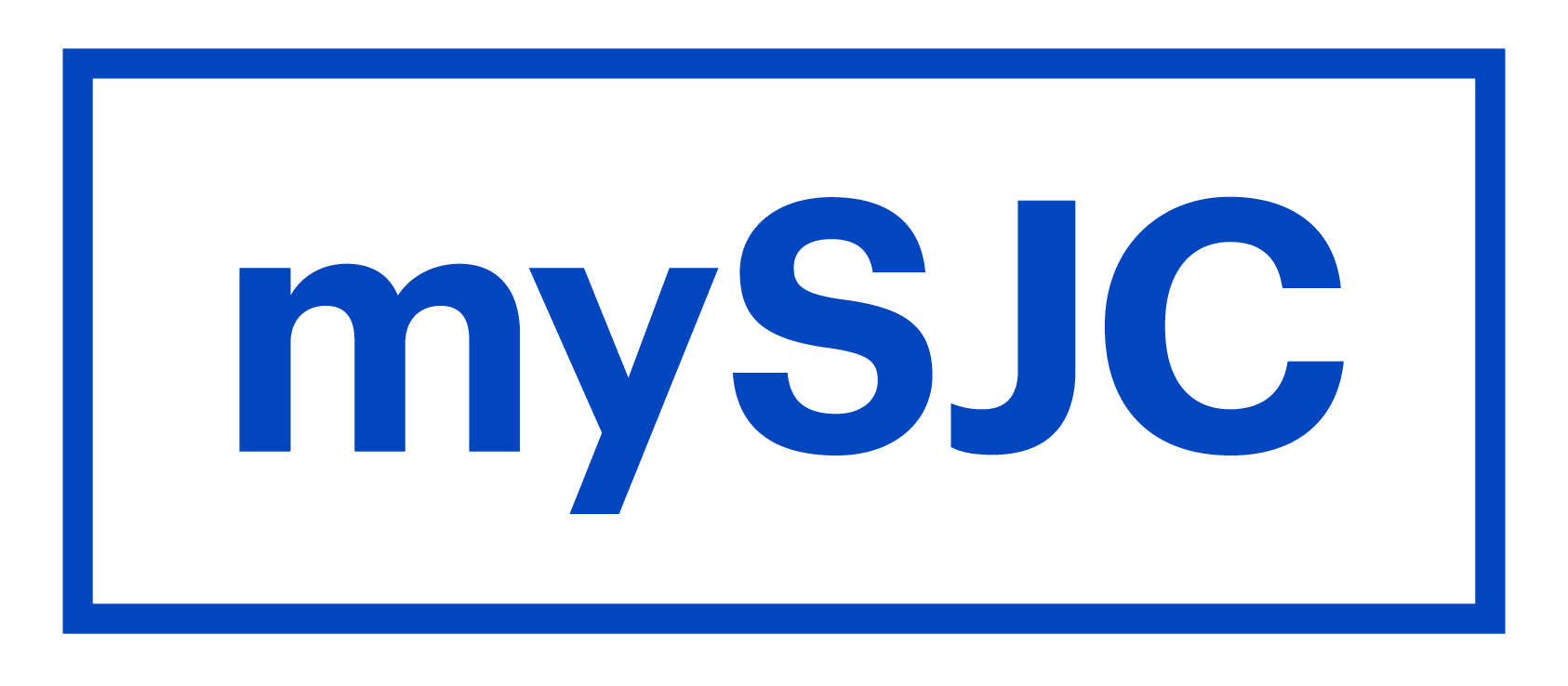Borrowing from your retirement plan
Share
If you participate in an employer plan offering a loan feature, you might be able to borrow against your vested account balance — tax free and possibly without permanently reducing your account value.
Before we get started
It bears noting that the money you contribute to a retirement plan should be set aside for retirement. After all, your lifestyle during retirement can depend on that retirement account and its accumulated growth. It is also true, however, that there might be occasions when taking a loan or making a withdrawal from your account is necessary or even desirable.
Also, even though many plan loan rules and regulations are identical, regardless of plan type, there are some differences between plans that are covered by ERISA
(The Employee Retirement Income Security Act) and those that are not. If you don’t know whether your plan is subject to ERISA, please contact your employer or
plan administrator.
Reasons for requesting a loan
Depending on your plan provisions, you can request a loan for any reason, including:
- To purchase a principal residence or to make major home improvements
- To help pay for your or a dependent’s education
- To help pay for emergency medical or dental bills
Loan eligibility
Provided the plan you participate in has a loan feature and you have not begun receiving annuity payments from your account, you might be able to borrow money against vested amounts in fixed-interest investment options.
Minimum and maximum loan amounts
Generally, the minimum loan amount is $1,000, but you can borrow up to the lesser of $50,000 or one half of your vested account balance. The $50,000
limit may be reduced by an amount up to your highest outstanding loan balance under your employer’s retirement plans over the last 12 months.
Extra provision for employees in non-ERISA plans
Depending on your plan provisions, if your loan amount requested is $10,000 or less, you can generally borrow 100% of your vested account balance less the amount required to secure one calendar quarter’s interest plus contract charges, if applicable.
Loan interest rates
For employees in non-ERISA plans — At the time your loan is approved, the credited rate of interest (on the amount in your account equal to the loan amount) is
automatically adjusted to the minimum guaranteed interest rate governed by your contract. The interest rate charged for your loan will be up to three percentage
points above the minimum guaranteed interest rate. For example, if the minimum guaranteed interest rate is 2.0%, you would be charged a loan interest rate of up
to 5.0% on the amount borrowed.
For employees in plans subject to ERISA — This category is more complicated. Your financial advisor can walk you through this. The interest rate is based on Moody’s Corporate Bond Yield Average recorded for the month ending two months before the beginning of the then-current calendar quarter.
Borrowing from your retirement plan
The interest rate on loans from plans subject to ERISA are determined on a quarterly basis:
- The Moody’s Corporate Bond Yield Average (BAA) is used to determine the rate.
- The quarterly rate is declared based on this average yield.
- This declared rate will remain in effect for 12 months, ending on your loan anniversary date.
- On the loan anniversary day, if the loan interest rate is at least 0.5% less than the rate in effect during the preceding year, we will decrease the loan interest rate accordingly.
- It is our intent not to increase the loan interest rate charged on outstanding loans if the new loan interest rate is higher than the existing rate.
- Current rates are printed on the loan applications or the rate can be obtained by calling the Client Care Center at 1-800-448-2542.
Loan fee
Depending on the state you live in, your loan may be subject to a one-time fee of up to $75.
Loan security reserve
All loans must be secured by an equal amount in a fixed option. If necessary, you must transfer money from variable options to the fixed option(s). The security must include the loan amount, one calendar quarter’s interest and, if applicable, contract charges.
Loan repayment
Federal law requires that you repay your loan within five years. However, loans to purchase a principal residence may be repaid under your contract within 10 years (subject to plan provisions).
Penalty-free prepayment
You can repay the full principal loan balance at any time without penalty. If you pay off the loan before the end of the loan term, interest due is prorated. If you pay more than the scheduled quarterly payment, the excess is applied to reduce loan principal.
Interest credited on secured amounts
As loan repayments are made, prorata portions of the loan balance and accumulated interest on the amount held in the security reserve are credited proportionately into the same fixed option against which the loan was secured.
Loan default
If you fail to make a loan repayment by the due date (including any applicable grace period), the entire outstanding loan balance is considered in default. Federal
regulations require that unpaid loan balances be treated as a taxable distribution of income in the tax year of the default and that the distribution be reported to both you and the IRS. Also, a 10% federal early withdrawal tax penalty can apply if the default occurs prior to age 59½.
A loan default does not affect your obligation to repay the loan. A defaulted loan must be repaid by either full payment of the defaulted loan amount or foreclosure
on your plan benefit securing the loan. If the defaulted loan is secured by amounts subject to restrictions, federal law prohibits foreclosure until such amounts are eligible for distribution under the plan. As long as any defaulted loan amount remains outstanding, you may not take out an additional loan from your account.
Your Future is Calling. Meet It with Confidence.
♦ CLICK aig.com/RetirementServices ♦ CALL 1-800-426-3753 ♦ VISIT your financial advisor
Securities and investment advisory services offered through VALIC Financial Advisors, Inc. (VFA), member FINRA, SIPC and an SEC-registered investment adviser.
Annuities are issued by The Variable Annuity Life Insurance Company (VALIC), Houston, TX. Variable annuities are distributed by its affiliate, AIG Capital Services, Inc. (ACS), member FINRA.
AIG Retirement Services represents AIG member companies — The Variable Annuity Life Insurance Company (VALIC) and its subsidiaries, VALIC Financial Advisors, Inc. (VFA) and VALIC Retirement Services Company (VRSCO). All are members of American International Group, Inc. (AIG).

